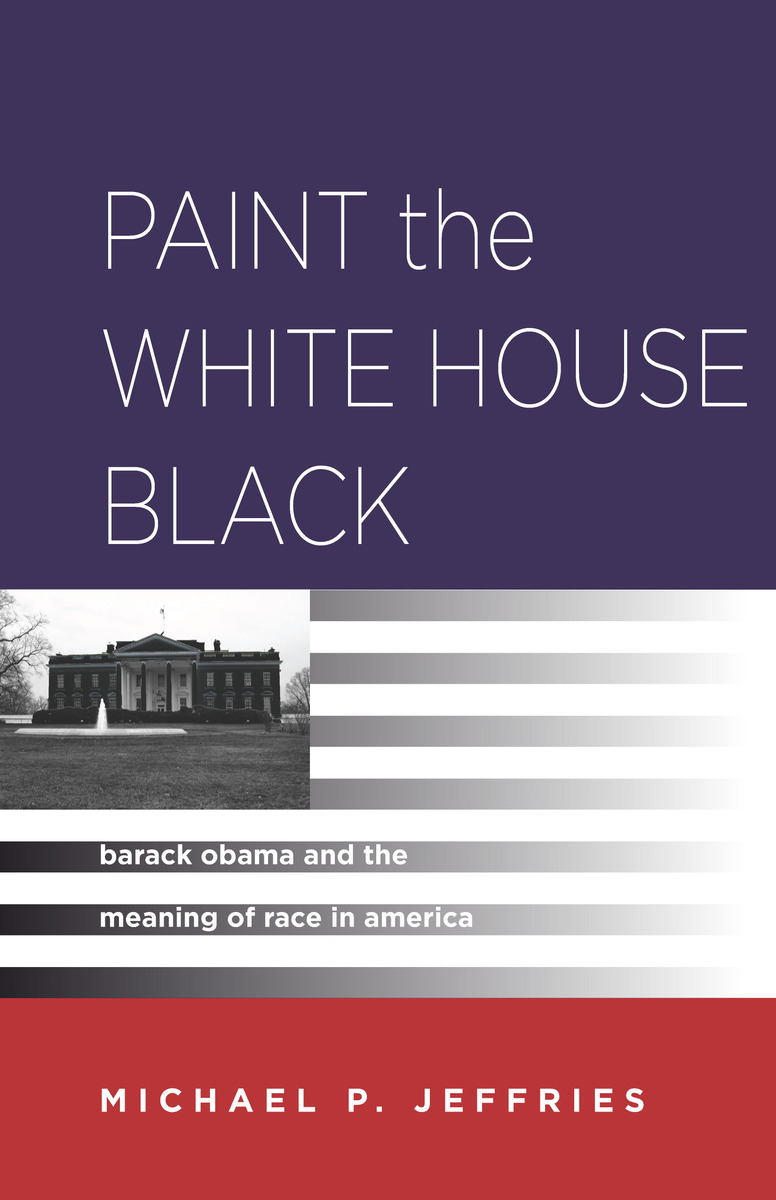The Relations of the Advanced and the Backward Races of MankindPosted in Anthropology, Books, Media Archive, Monographs on 2013-02-03 06:26Z by Steven |
The Relations of the Advanced and the Backward Races of Mankind
Clarendon Press
1903
53 pages
James Bryce
From page 18:
Nothing really arrests intermarriage except physical repulsion, and physical repulsion exists only where there is a marked difference in physical aspect, and especially in colour. Roughly speaking (and subject to certain exceptions to be hereafter noted), we may say that while all the races of the same, or a similar, colour intermarry freely, those of one colour intermarry very little with those of another.
This is most marked as between the white and the black races. The various white races are, however, by no means equally averse to such unions. Among Arabs and Turks the sense of repulsion from negroes is weakest, partly no doubt owing to the influence of Islam, on which a word must be said hereafter. The South European races, though disinclined to such unions, do not wholly eschew them. In the ancient world we hear little of any repugnance in the Roman Empire to the dark-skinned Africans, for the contemptuous references to Egyptians seem to spring from dislike rather to the character and religion than to the colour of that singular people. In modern times the Spanish settlers in the Antilles and South America, and the Portuguese in Brazil, as well as on the East and West coasts of Africa, have formed many unions with negro women, as the Spaniards have done with the Malayan Tagals in the Philippines, and the Portuguese with the Hindus in Malabar…
…Where two races stand in contact, and neither the barrier of Colour nor that of Religion keeps them apart, the natural tendency to union has its way, and there is formed by intermarriage a third race in which the component elements are undistinguishably blent and lost. Is this third race a new race? If one of the elements is greatly larger than the other, the resultant progeny will be only the more numerous race slightly altered. But even if the elements are numerically equal, the resultant product may not be an evidently new race, unlike either progenitor. There is a distinction to be drawn between the physical and the intellectual characteristics of the issue. The resultant race, being drawn in equal proportions from each blood, may as respects physical structure and aspect stand midway between the two sources whence it springs; as the average mulatto presents in colour, hair and feature some of the characteristics of each parent. But its mental type (including under that term notions and modes of thinking) may be, and often is, nearer to the type of the more advanced than it is to that of the more backward race. This may possibly be partly due to the fact that it is usually to the higher race that the male parent belongs. More white men have married coloured or Indian women than vice versa. But it is also ascribable to the fact that the higher race has more to give, and that the lower race wishes to receive. The ideas and habits of the white man tell upon and permeate the ofFspring of mixed marriages with all the greater force because that offspring seeks to resemble its higher rather than its inferior progenitor. I must not, however, attempt to pursue this line of inquiry, significant as it is for the future of mixed races; nor can I stop to illustrate the power of a strong intellectual type to stamp itself upon other races from the two salient instances of the Hellenization of Asia after Alexander the Great, and the assimilation of new elements by the Anglo-American race in the United States during the last seventy years. But it is worth remarking that the present mixed population of Mexico, though doubtless drawn far more largely from native than from Spanish sources, conforms more to the Spanish than to the Indian type, even if it be less industrious and less trifty than the people of Old Spain…
…Now and then a man of brilliant gifts appears in one of these mixed races. Alexandre Dumas, of whom one may say that if his imagination was not of the highest quality it was of almost unsurpassed fertility, was a mulatto or at least a quadroon. At this moment there is living in the United States the son of a white father and negro mother, himself born in slavery, who is one of the most remarkable personalities and perhaps the most moving and persuasive orator in that nation of eighty millions. Mexico has been ruled for a quarter of a century with equal vigour and wisdom by a man of mixed Indian and Spanish blood who ranks among the five or six foremost figures of our time…
Read the entire book here.






